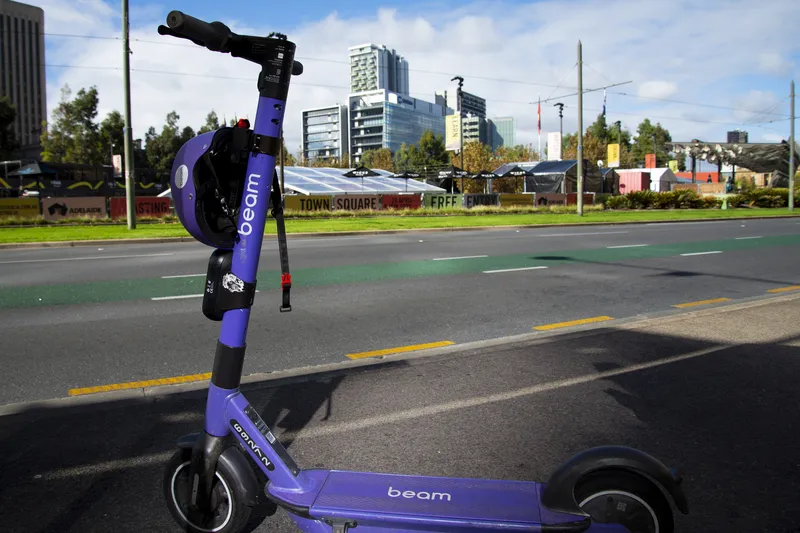More than 12,600 street lights on Hertfordshire’s A-roads are being upgraded to LED lighting using Telensa’s PLANet street light central management system (CMS), which will allow the lights to be monitored from a central point. This will reduce inspection costs and make it easier to spot and repair any faults.
The system will also allow lighting levels on the A-roads to be reduced during the night, rather than turning lights off completely. Once the new lights are installed, light levels will be reduced
November 27, 2014
Read time: 3 mins
More than 12,600 street lights on Hertfordshire’s A-roads are being upgraded to LED lighting using 7574 Telensa’s PLANet street light central management system (CMS), which will allow the lights to be monitored from a central point. This will reduce inspection costs and make it easier to spot and repair any faults.
The system will also allow lighting levels on the A-roads to be reduced during the night, rather than turning lights off completely. Once the new lights are installed, light levels will be reduced by 25 per cent between 11pm and 6am on A-roads.
According to Hertfordshire County Council, which awarded the US$10.2 million contract, managed by highway services contractor Ringway, the project will bring savings of around US$1 million each year from the end of 2015 onwards. The new combined LEDs and CMS system will result in reduced energy costs, lower carbon emissions, reduced maintenance and improved visibility for road users.
Telensa’s low power ultra-narrow band (UNB) wireless control system comprises control and monitoring nodes (telecells) fitted to street lights which then connect wirelessly to a base station and onto a central system server.
The Telensa radio infrastructure – 48 wireless base stations to cover the whole county of Hertfordshire – will be installed, tested and commissioned in advance of upgrading the street lights.
Each base station can accommodate up to 5,000 telecells over a range of 2-3 kilometres in urban applications 5-8 kilometres in rural areas. Wide area coverage is then achieved by linking these base stations in a cellular architecture creating networks of several hundred thousand lights across hundreds of square miles.
The PLANet system accurately controls switching and dimming of street lights. It also measures energy and detects faulty street lights and helps local authorities and smart grid operators to manage energy consumption and deliver improved maintenance and significant savings on energy bills. It can also be applied to all types of lighting fixtures, retro or new build deployments and works with a wide range of lamp types including LEDs.
Council cabinet member for highways, Terry Douris, said: “The conversion of Hertfordshire County Council’s existing lights to this modern technology forms part of our overall commitment to maintain and improve our roads for the benefit of all road users in Hertfordshire. The Telensa system was chosen because it is field proven by scores of other UK local authorities.”
“This system gives us total flexibility,” added Douris. “First, to implement this A-road upgrade, then to add on any individual streetlight columns if they require replacing, and, finally, to implement further phases of LED/CMS replacement as and when it’s economical.”
The system will also allow lighting levels on the A-roads to be reduced during the night, rather than turning lights off completely. Once the new lights are installed, light levels will be reduced by 25 per cent between 11pm and 6am on A-roads.
According to Hertfordshire County Council, which awarded the US$10.2 million contract, managed by highway services contractor Ringway, the project will bring savings of around US$1 million each year from the end of 2015 onwards. The new combined LEDs and CMS system will result in reduced energy costs, lower carbon emissions, reduced maintenance and improved visibility for road users.
Telensa’s low power ultra-narrow band (UNB) wireless control system comprises control and monitoring nodes (telecells) fitted to street lights which then connect wirelessly to a base station and onto a central system server.
The Telensa radio infrastructure – 48 wireless base stations to cover the whole county of Hertfordshire – will be installed, tested and commissioned in advance of upgrading the street lights.
Each base station can accommodate up to 5,000 telecells over a range of 2-3 kilometres in urban applications 5-8 kilometres in rural areas. Wide area coverage is then achieved by linking these base stations in a cellular architecture creating networks of several hundred thousand lights across hundreds of square miles.
The PLANet system accurately controls switching and dimming of street lights. It also measures energy and detects faulty street lights and helps local authorities and smart grid operators to manage energy consumption and deliver improved maintenance and significant savings on energy bills. It can also be applied to all types of lighting fixtures, retro or new build deployments and works with a wide range of lamp types including LEDs.
Council cabinet member for highways, Terry Douris, said: “The conversion of Hertfordshire County Council’s existing lights to this modern technology forms part of our overall commitment to maintain and improve our roads for the benefit of all road users in Hertfordshire. The Telensa system was chosen because it is field proven by scores of other UK local authorities.”
“This system gives us total flexibility,” added Douris. “First, to implement this A-road upgrade, then to add on any individual streetlight columns if they require replacing, and, finally, to implement further phases of LED/CMS replacement as and when it’s economical.”









